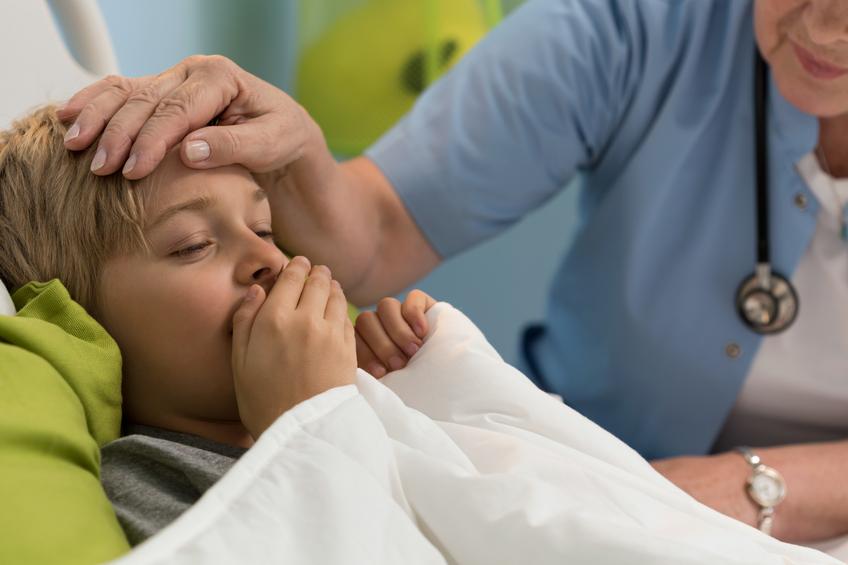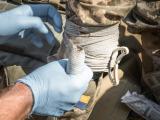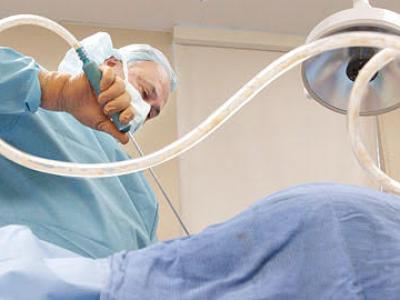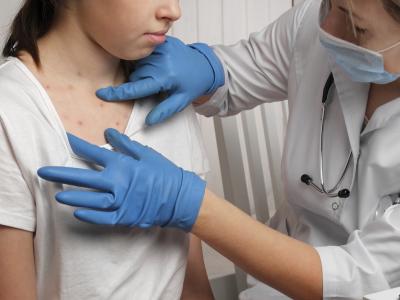A new study has identified seven factors that could help reduce the use of antibiotics in children who have acute respiratory infections by predicting the likelihood of future hospitalization.
The seven factors were determined by a large cohort study, published yesterday in The Lancet Respiratory Medicine, that included 8,394 children between the ages of 3 months and 16 years who were treated at 247 general practitioner offices in England from 2011 to 2013. The children presented with an acute cough that had lasted for less than 4 weeks and a respiratory tract infection.
Doctors recorded physical examination signs, parent-reported symptoms, and demographic factors as external variables. The primary outcome was hospital admission for respiratory tract infection within 30 days.
Of the children recruited for the study, only 78 were admitted to a hospital. By using multivariable modeling, the researchers were able to identify seven factors that were independently associated with hospitalization: Short illness (less than 3 days), temperature higher than 100 degrees, age less than 24 months, subcostal or intercostal recession (signs of respiratory distress), wheeze, asthma, and vomiting.
Those factors, for which they coined the mnemonic STARWAVe, could be used as a decision tool to predict the likelihood of hospitalization, the report says. Children having one or none of these predictors (each assigned a point) would be considered to have a low risk for hospital admission, while children with 2 or 3 of the predictors would be considered at normal risk, and children with 4 or more would have a high risk.
Tool could aid antimicrobial stewardship
The authors say the STARWAVe tool could play a crucial role in antimicrobial stewardship efforts because globally, respiratory tract infections are among the most common reasons why parents bring children to a doctor. And in many instances, doctors will prescribe antibiotics "just in case" to calm nervous parents, even if the illness isn't severe. In fact, more than a third of the children in the study who were determined to be low-risk received antibiotics.
STARWAVe would give doctors a clearer picture of which children require antibiotics, the authors assert. Under the scoring system, children who fall into the low risk category would receive no antibiotics. A strategy of "no antibiotics or delayed antibiotics" would be followed for children in the normal risk category. And children considered at high risk of future hospitalization would be monitored closely for signs of deterioration and re-examined within 24 hours.
The authors estimate that if doctors could cut the antibiotic prescribing rate in low-risk children by half, keep it static in the normal-risk group, and even increase it to 90% in the high-risk children, a 10% overall reduction in antibiotic prescribing could be achieved.
The authors say the findings are limited by the small number of hospital admissions, and add that further research is needed to externally validate the data and investigate the effects of using the tool on clinical outcomes.
See also:
Sep 1 Lancet Resp Med study























